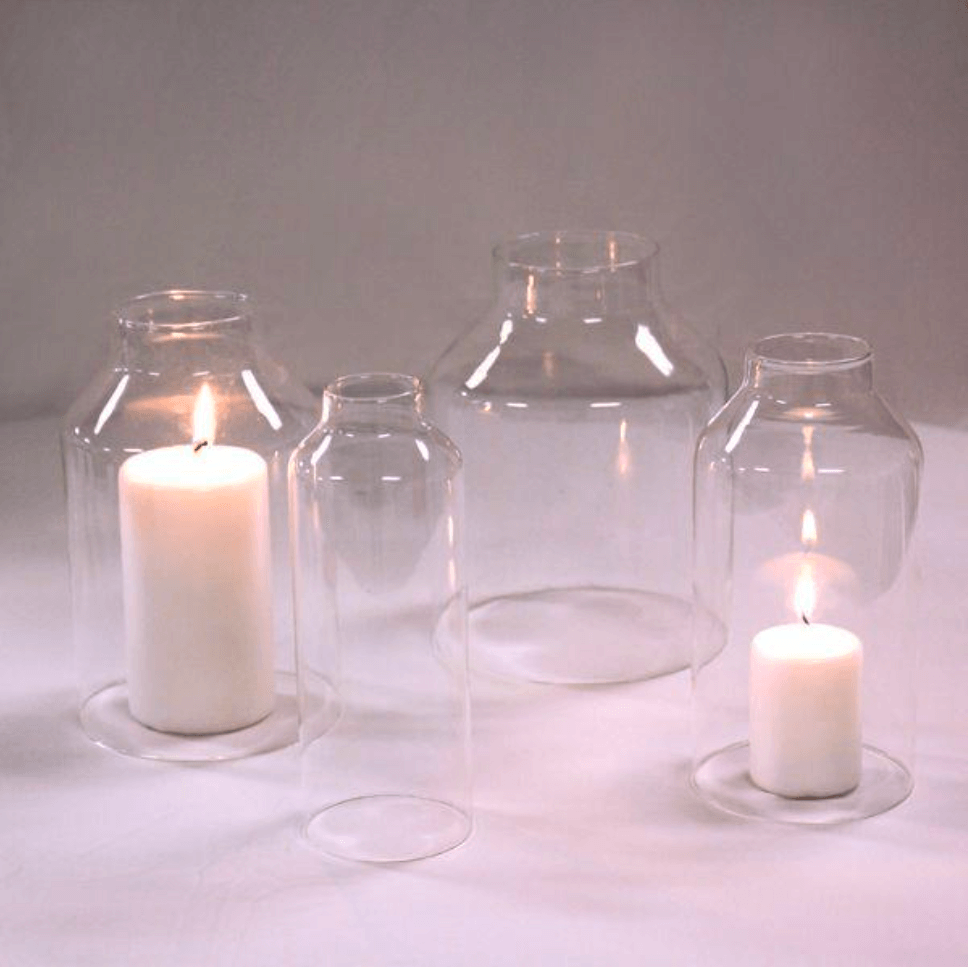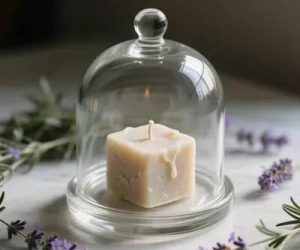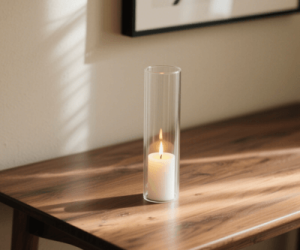Glass Terrariums: A Green Haven in Your Home

What are Glass Terrariums?
Glass terrariums are self-contained ecosystems that encapsulate and sustain plant life within a transparent glass enclosure. They typically consist of a glass container, often shaped like a jar or a small greenhouse, designed to house a variety of plants, soil, and decorative elements. The structure can vary considerably, with two primary types being open and closed terrariums. Open terrariums are ventilated, allowing for increased airflow and moisture loss, making them ideal for plants that prefer drier conditions. In contrast, closed terrariums maintain a humid environment, trapping moisture and creating a microclimate suitable for tropical plants.
The origin of terrariums dates back to the Victorian era, around the 1800s, when they gained popularity as decorative pieces in homes, allowing individuals to cultivate plants indoors without the constraints of external weather conditions. The term “terrarium” itself is derived from the Latin word “terra,” meaning earth, highlighting the earthy components and living nature of these green spaces. Over time, they have evolved from mere containers of plants into intricate creations that reflect personal style, creativity, and a desire for sustainable living.
Glass terrariums serve as a unique blend of horticulture and art, offering both aesthetic appeal and functionality. They can be customized in various forms, featuring an array of plant types, including ferns, moss, succulents, and air plants. Their transparent nature allows for light to penetrate, promoting healthy photosynthesis while providing a captivating display for home and office environments. Furthermore, terrariums can also help improve indoor air quality, making them an excellent addition to contemporary living spaces. As such, the creation of glass terrariums stands as a testament to the integration of nature in our daily lives, enhancing both our well-being and the beauty of our surroundings.
Benefits of Incorporating Glass Terrariums into Your Space
Glass terrariums have become increasingly popular in home decor, offering a unique blend of aesthetics and practicality. One of the most significant benefits of incorporating these living ecosystems into your space is their ability to bring a touch of nature indoors. The presence of greenery has been shown to enhance mood and contribute to a more calming atmosphere, making terrariums a perfect addition to both homes and offices.
Furthermore, glass terrariums also serve an essential role in improving indoor air quality. Plants within these mini-ecosystems can effectively filter out toxins and impurities in the air, making your living environment healthier. The natural process of photosynthesis in terrariums contributes to a fresher and more breathable atmosphere. As a result, those who spend time in spaces adorned with terrariums may experience increased wellness and vitality.
In addition to their aesthetic and air-purifying qualities, glass terrariums promote mindfulness and reduce stress. Tending to a terrarium requires attention and care, fostering a sense of presence in daily activities. Engaging with plants can help individuals unwind and connect with nature, providing a much-needed escape from the hustle and bustle of everyday life. This interaction may contribute to enhanced emotional well-being as individuals observe the growth and changes in their terrarium over time.
The educational value of glass terrariums cannot be overlooked either. They present a hands-on opportunity for children and plant enthusiasts to learn about plant care and ecosystems. Understanding the delicate balance needed to maintain a healthy terrarium can spark curiosity and foster an appreciation for nature. This engagement serves as a practical introduction to concepts such as biodiversity, photosynthesis, and the importance of environmental stewardship.
How to Create Your Own Glass Terrarium
Creating a glass terrarium can be a rewarding and enjoyable experience. To begin building your own terrarium, you will need to gather essential materials. First, select a glass container. This could be a traditional terrarium jar, a fishbowl, or even a recycled glass vase. The choice of container will depend on the size of the terrarium you wish to create and the plants you intend to incorporate.
Next, choose your plants. It is crucial to consider the light requirements and maintenance levels of the plants selected. Suitable plants for terrariums typically include ferns, succulents, or small tropical plants, each thriving in a controlled environment. Be mindful to choose plants that have similar care requirements to prevent one from overshadowing the others.
Once you have your plants ready, it’s time to prepare the terrarium’s base. Start by adding a layer of small stones or gravel to the bottom of your glass container. This layer helps with drainage, preventing water from pooling at the roots of the plants. Following the stones, add a layer of activated charcoal, which will assist in filtering the air and soaking up excess moisture.
After the charcoal, layer the soil. A general potting mix is recommended, one that is suitable for the types of plants you have chosen. The soil should be deep enough to accommodate the roots of your plants. Now, it’s time to gently plant your selections in the soil, ensuring you space them appropriately for growth. You can enhance the aesthetic of your terrarium by adding decorative elements such as rocks, figurines, or even sand to distinguish layers and add character.
Once your terrarium is assembled, it is essential to monitor humidity and light levels. Place your terrarium in a location where it will receive indirect sunlight. Mist the plants lightly if the environment seems too dry. Common mistakes to avoid include overwatering and overcrowding the plants, both of which can lead to mold and plant decay. With proper care, your glass terrarium will flourish, creating a beautiful, green haven in your home.
Caring for Your Glass Terrarium
Maintaining a glass terrarium requires careful attention to various factors, including watering techniques, light exposure, and pest management. Proper care ensures that your miniature ecosystem thrives and stays visually appealing.
Watering is vital for the health of plants in a terrarium. Most glass terrariums create a self-sustaining environment, which reduces the frequency of watering. However, monitoring moisture levels is essential. Signs of overwatering include yellowing leaves or mold formation, while dry soil may result in wilting plants. A general rule is to allow the soil to dry slightly between watering sessions. When watering, it is advisable to use distilled water to prevent mineral buildup.
Light requirements for glass terrariums can vary based on the types of plants chosen. Most terrarium plants thrive in bright, indirect sunlight, making a spot near a window ideal. Direct sunlight can cause excessive heat, leading to detrimental conditions such as scorched leaves. If natural light is insufficient, consider using grow lights specifically designed for indoor plants to ensure proper growth.
Pest management is an essential aspect of terrarium care. Common pests such as aphids or spider mites can quickly invade a closed environment. Regularly inspecting your terrarium can help in identifying early signs of infestation. If pests are detected, removing them by wiping the affected areas with a damp cloth or spraying a gentle insecticidal soap can be beneficial.
Additionally, seasonal care should not be overlooked. During autumn and winter, monitor humidity levels closely as indoor heating can dry out the air. Conversely, during spring and summer, the growing conditions might require more frequent adjustments. Refreshing the look of your terrarium as plants grow can also be accomplished by pruning overgrown foliage and replacing plants that may not be thriving. This habitual maintenance ultimately contributes to a healthy and vibrant glass terrarium.




